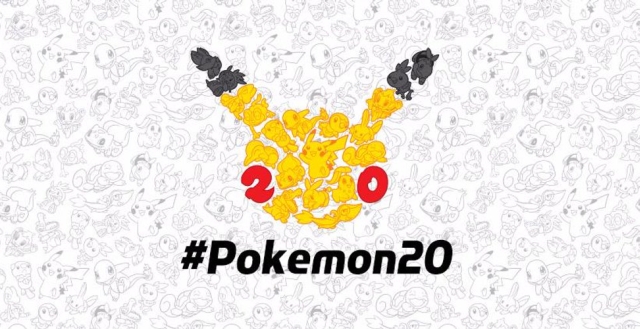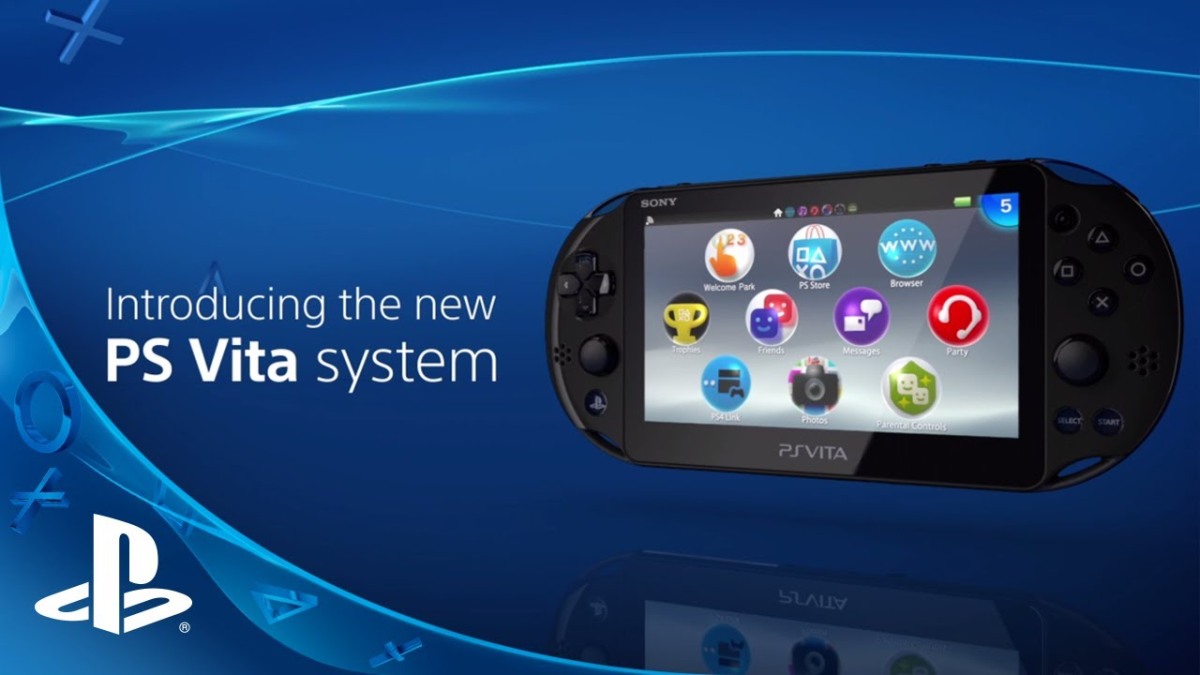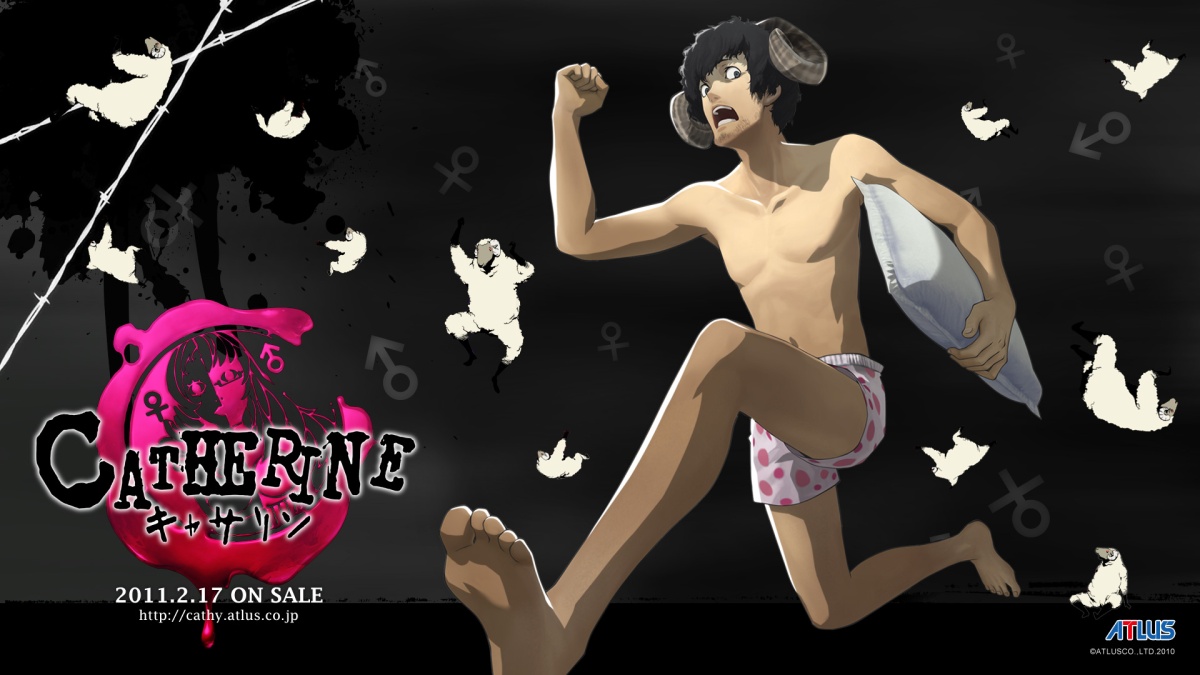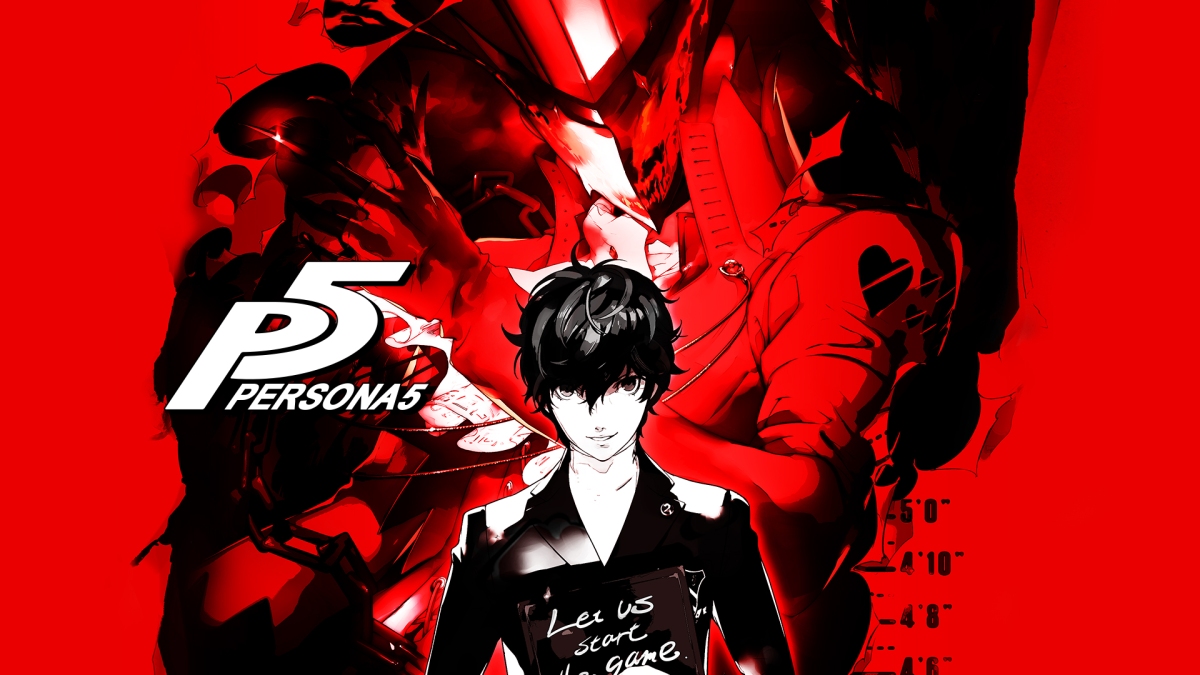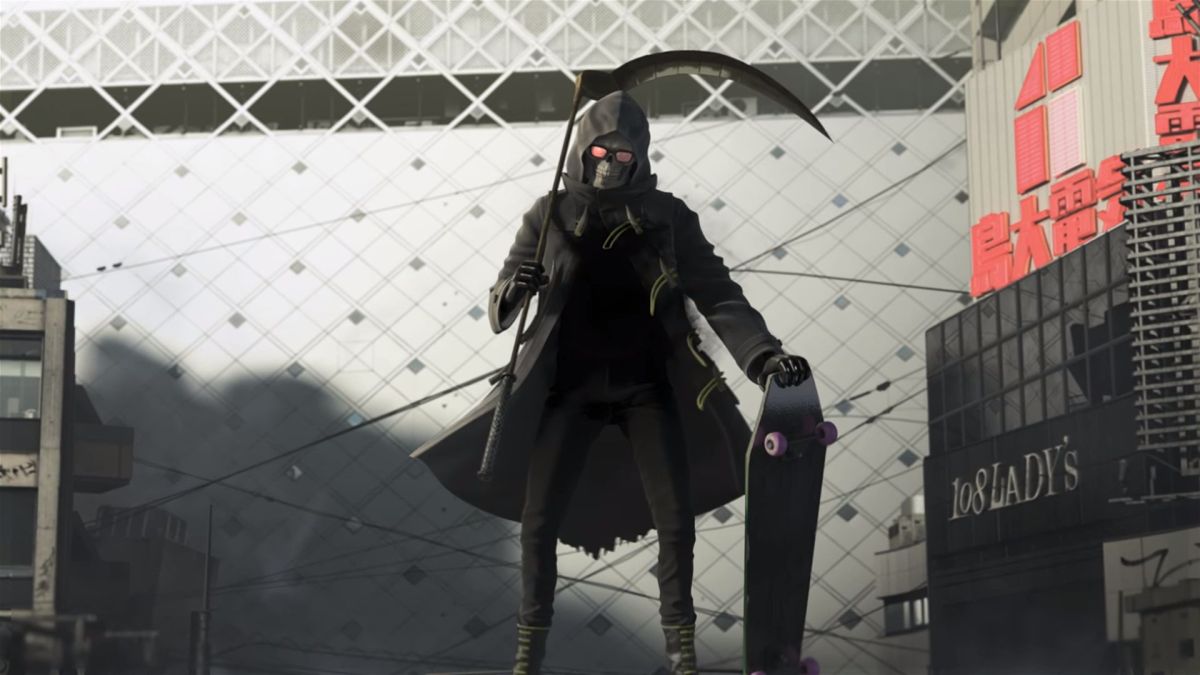Train On
For me personally, Pokemon was a large part of my childhood. It was an activity that brought together all of my friends and was constantly a topic of conversation throughout the school day. Now, as a 20-year-old, not much has changed. Pokemon has grown up along with my generation as many of my peers that own 3DS’s still play the games. In addition to peers from my generation, my younger siblings have also taken an interest in the series. Seeing that the series has held on enough to interest the current generation despite the large amount of other media out there is telling of its lasting power.
As the series hit the 20 year mark, Game Freak and Nintendo look to usher in a new 7th generation of Pokemon with Pokemon: Sun and Moon. Located in the new Alola region, these games will channel an island feel. The announcements took the internet by storm as news and fanart for the new starters trended all around the internet. While Sun and Moon are exclusive to the 3DS, Game Freak is looking to expand the series to mobile devices with Pokemon GO. The attempt at attracting the mobile audience has already done well at attracting older generations who grew up with the series but may not have continued to play the console game titles.
While the series may go through dramatic changes over the next few years in order to adapt to the state of the media market, its continued popularity makes the case that it won’t be going away any time soon.
Do you have fond childhood memories of Pokemon? Share them in the comments!
